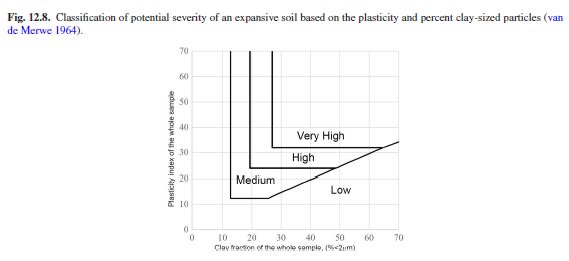I am not from geotechnical background so I would like to understand the following questions:
1) What are the limits/values (from geotechnical test) to determine if soil is expansive or not? And if it is expansive, are there any tolerable limits of expansion to safely place structure on. Please provide references from codes.
2) Please see the attached bore log and comment on the expansion of this soil. Foundation has to be placed at 2m level.
Thank you.
1) What are the limits/values (from geotechnical test) to determine if soil is expansive or not? And if it is expansive, are there any tolerable limits of expansion to safely place structure on. Please provide references from codes.
2) Please see the attached bore log and comment on the expansion of this soil. Foundation has to be placed at 2m level.
Thank you.

